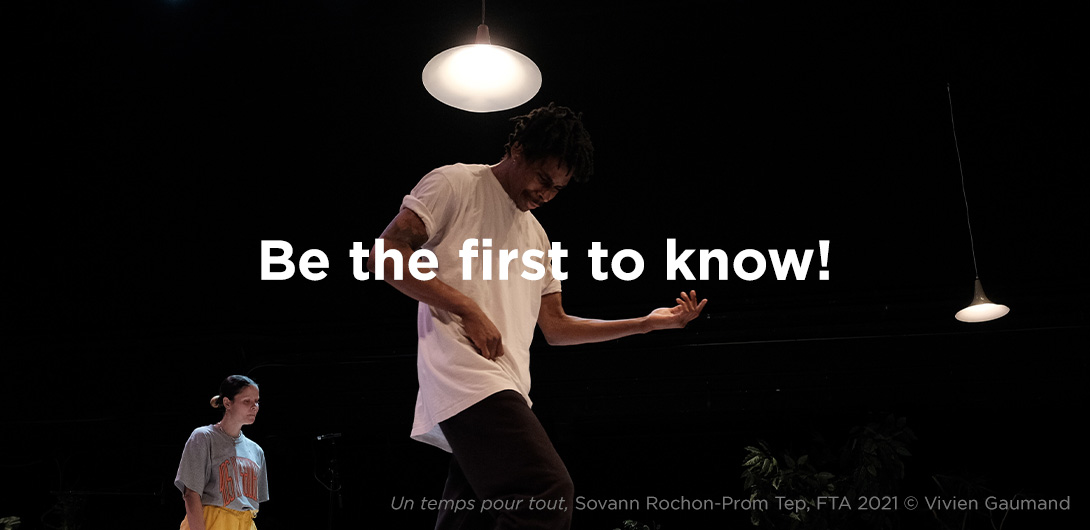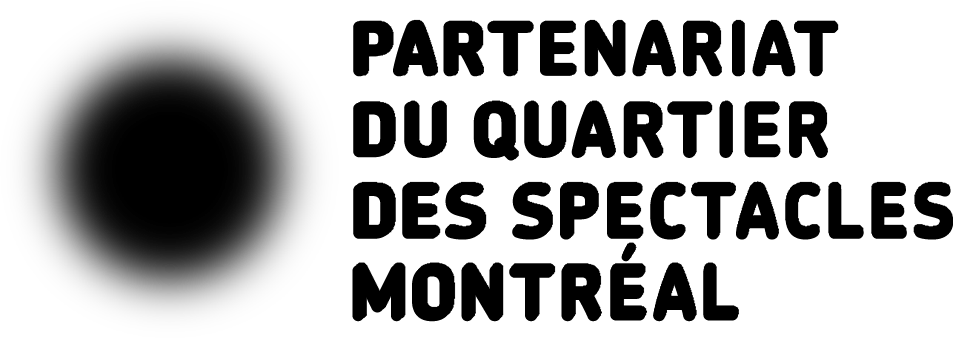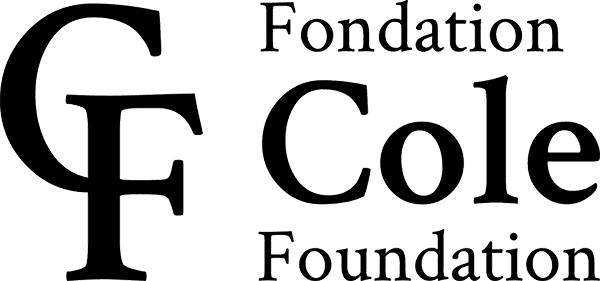What is the role of the puppets or dolls representing teenagers that appear on stage at the start of the show?
First of all, they are silent, immobile bodies. For me, their muteness does not represent submission but rather refusal or rejection—of a family, a society, a situation. These teenagers, who are at once present and absent, act as a sounding board of shared suffering. The protagonist’s story is personal and intimate but also social and political. He is fighting against the sociological scenario that he’s forced to act out, that’s imposed on him: a prescriptive, oppressive scenario that is in fact the concealed, assimilated structure of neo-liberal capitalism.
What I’m interested in is viewing the family structure that we’re familiar with in western culture as a breeding ground for domination, the place where power relationships are established on a personal level, becoming part of our flesh and blood. It’s true that in the case of teenagers, hormonal changes result in a heightened sensitivity, but explaining the crisis of adolescence solely in personal and biological terms is part of the various political smokescreens used to divert attention from the main subject, which is this violent, disorienting scenario that’s imposed on children throughout their education to ensure they are kept in line.
What role did your puppeteering practice play in the creative process?
From a technical point of view, the formal language in action in L’étang disassociates the voice, face, and body—meaning that the expressions of the voice, of the face, and of the body may each reflect a different intention. The actor may also assume different voices, each disassociated from the face and the body. Adèle Haenel practiced a lot to master this almost orchestral language, which she now deploys with great skill: you feel like she is inhabited by different characters, who speak through her.
This style of acting comes from my passion for puppets and also for electronic and techno music. There’s a real culture of puppeteering that runs through the history of electronic music, broadly defined, from Kraftwerk to hip-hop to Björk. The way we like to dance to this music is influenced by sound effects, which are themselves influenced by editing effects. The resulting physical vocabulary is an approximation of human movement. It consists of representations of the body, sometimes composed entirely of video montages or edited movements, that evoke puppets, androids, and robots. I’ve been exploring this vocabulary since my earliest works, in Splendid’s or Showroomdummies, but it hasn’t been discussed very much because I think it’s very procedural in my work.
What experience do you offer the audience in L’étang?
I try to create shows which are intense from an emotional and physical point of view and invite the audience to experience and examine their feelings within a particular context. I like to think that my artistic approach helps to expand our sensitivity and capacity for empathy rather than reducing them. One thing that particularly motivated me to stage this work is the space it gives to silence and subtext. Language, in all its forms, is a construct that enables us to see and hear, but which also prevents us from seeing and hearing, and which conceals through its use of rules and conventions.
My artistic practice—as a director and choreographer, and also my encounters with works of literature, cinema, music, etc.—enables me to displace language; from it, I re-learn how to listen to silences and to bodies, which speak as loudly and sometimes as clearly as the text. Why are there authoritarian and hierarchical relations at the level of perception? Because they are powerful tools of political encoding. The field of art has immense value because it can offer ways of re-encoding systems of signs and spaces of desire, but conversely, it can also collaborate in political violence through the normalization and assimilation of perceptions.
For me, one of the key issues in this work is the questioning of how education shapes our sensibilities. Power relationships are made possible by a process of desensitization: the more desensitized subjects are, the more violent they can become. An extreme lack of empathy, resulting from instruction in cruelty, enables living beings to be treated as things.










